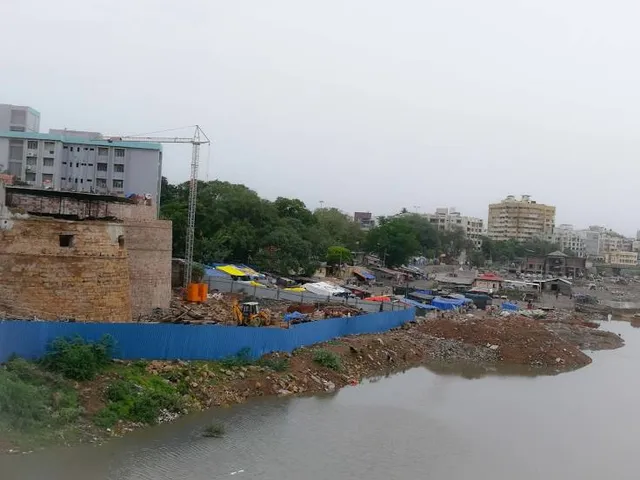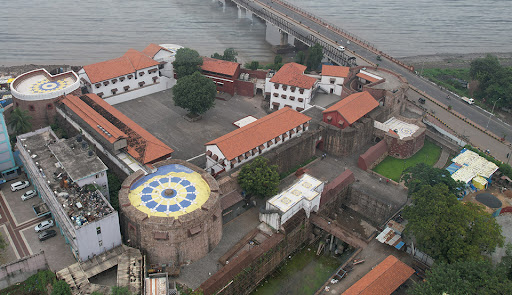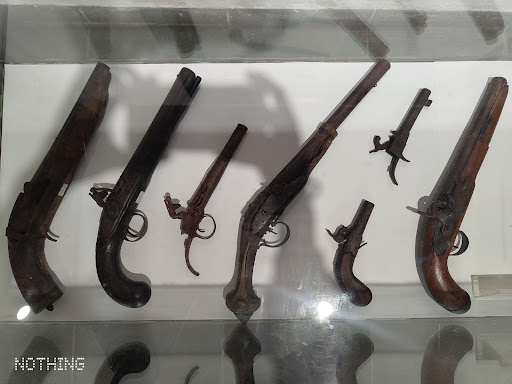Surat Castle things to do, attractions, restaurants, events info and trip planning
Basic Info
Surat Castle
near, dakka ovara, makkai pull, Chowk Bazar, Surat, Gujarat 395001, India
4.4(1.4K)
Open 24 hours
Save
spot
spot
Ratings & Description
Info
Surat Castle, or Surat Fort, is a 16th-century structure in the city of Surat. The Ahmedabad king Sultan Mahmood-III ordered its construction to defend the city from the frequent attacks that had devastated it.
Cultural
Family friendly
attractions: Ambaji Mandir Surat, Old Ambaji Mandir, restaurants: Kasmiri Restaurant, Raja Chicken, Jalaram Rasawala Khaman, Kwality Restaurant, Zaffran Restaurant, Al-Khalil Tea Center, Chicken hut, Bismillah Hotel, Mezbaan Grill & Pizza, ROYAL ARABIA MULTI CUISINE RESTAURANT
 Learn more insights from Wanderboat AI.
Learn more insights from Wanderboat AI.Website
suratmunicipal.gov.in
Plan your stay

Pet-friendly Hotels in Gujarat
Find a cozy hotel nearby and make it a full experience.

Affordable Hotels in Gujarat
Find a cozy hotel nearby and make it a full experience.
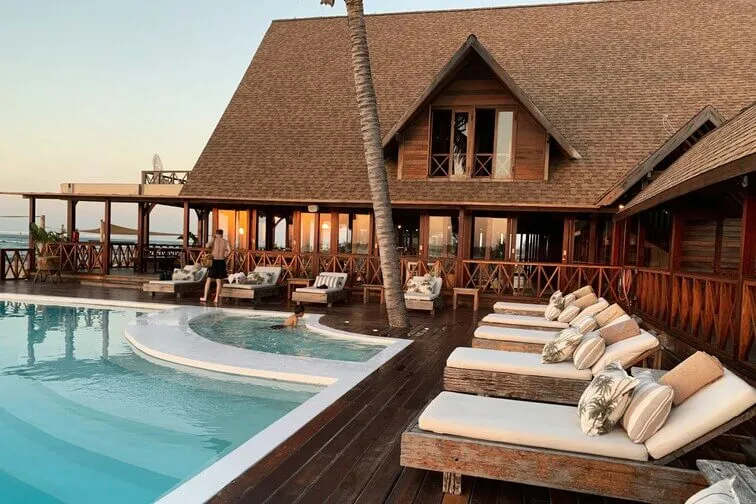
The Coolest Hotels You Haven't Heard Of (Yet)
Find a cozy hotel nearby and make it a full experience.
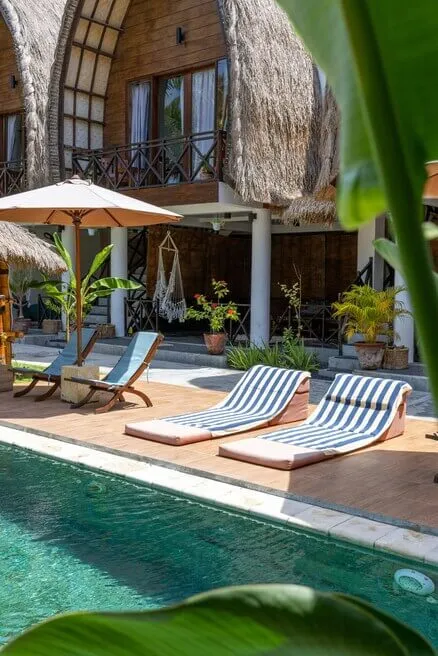
Trending Stays Worth the Hype in Gujarat
Find a cozy hotel nearby and make it a full experience.
Reviews
Nearby attractions of Surat Castle
Ambaji Mandir Surat
Old Ambaji Mandir
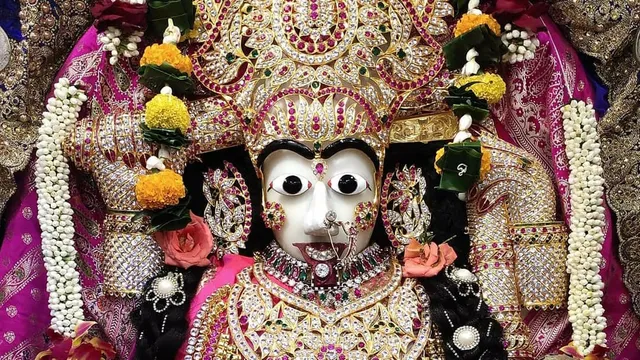
Ambaji Mandir Surat
4.8
(788)
Open 24 hours
Click for details
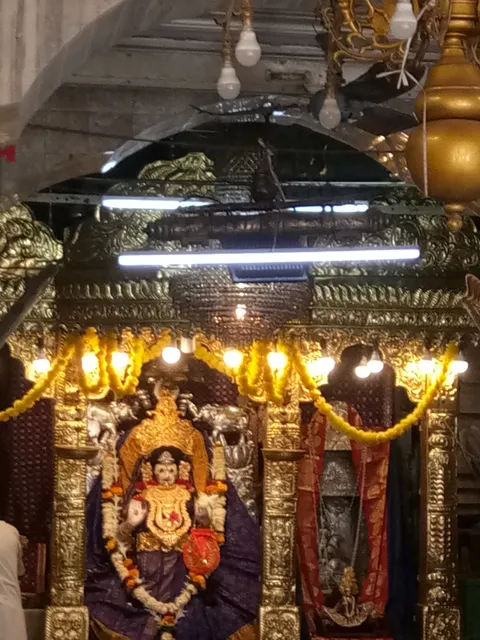
Old Ambaji Mandir
4.8
(14)
Open until 12:00 AM
Click for details
Things to do nearby
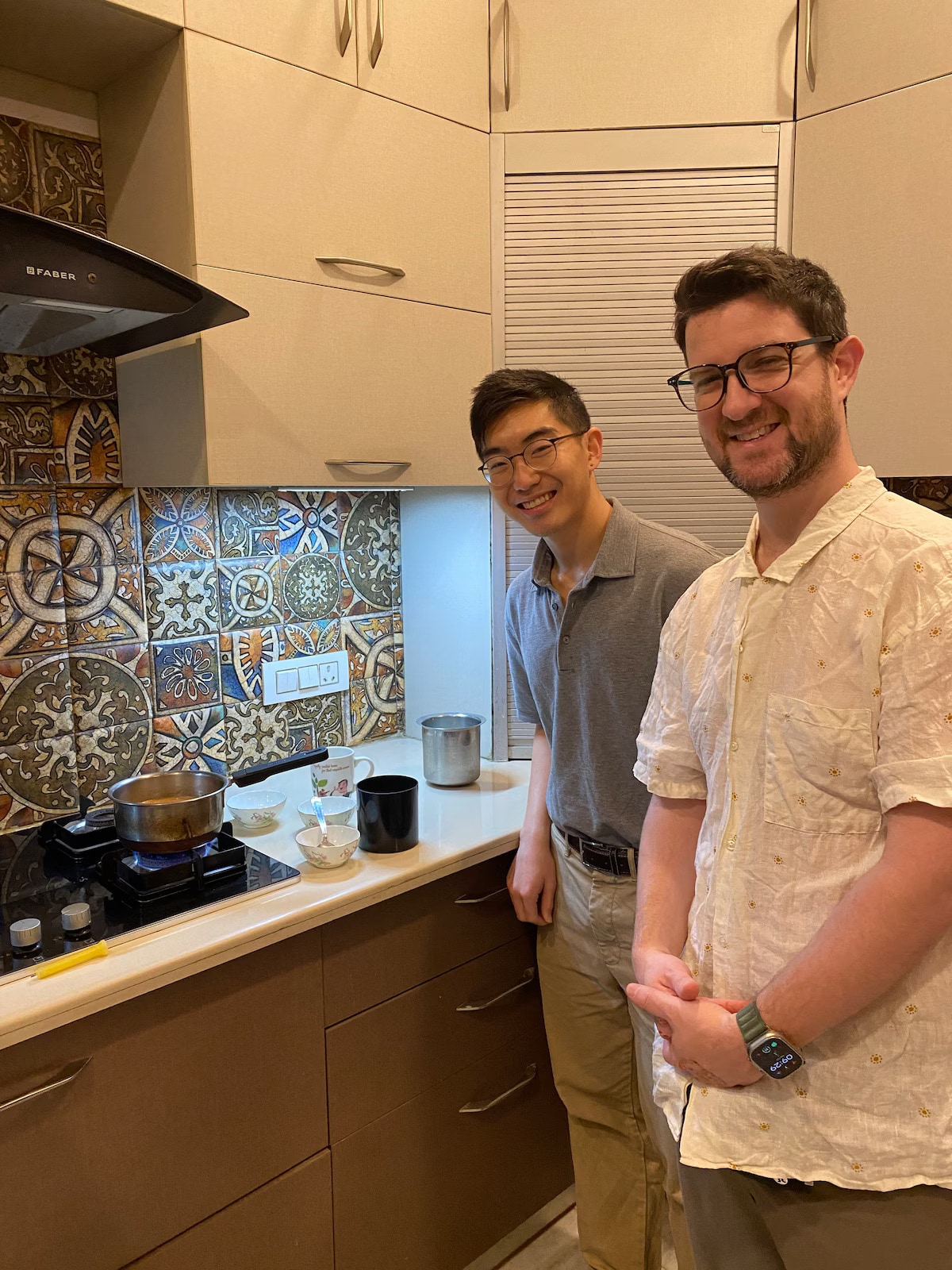
Learn to Make Masala Chai in a Local Indian Family
Sat, Jan 3 • 9:00 AM
Surat, Gujarat, 394210, India
View details
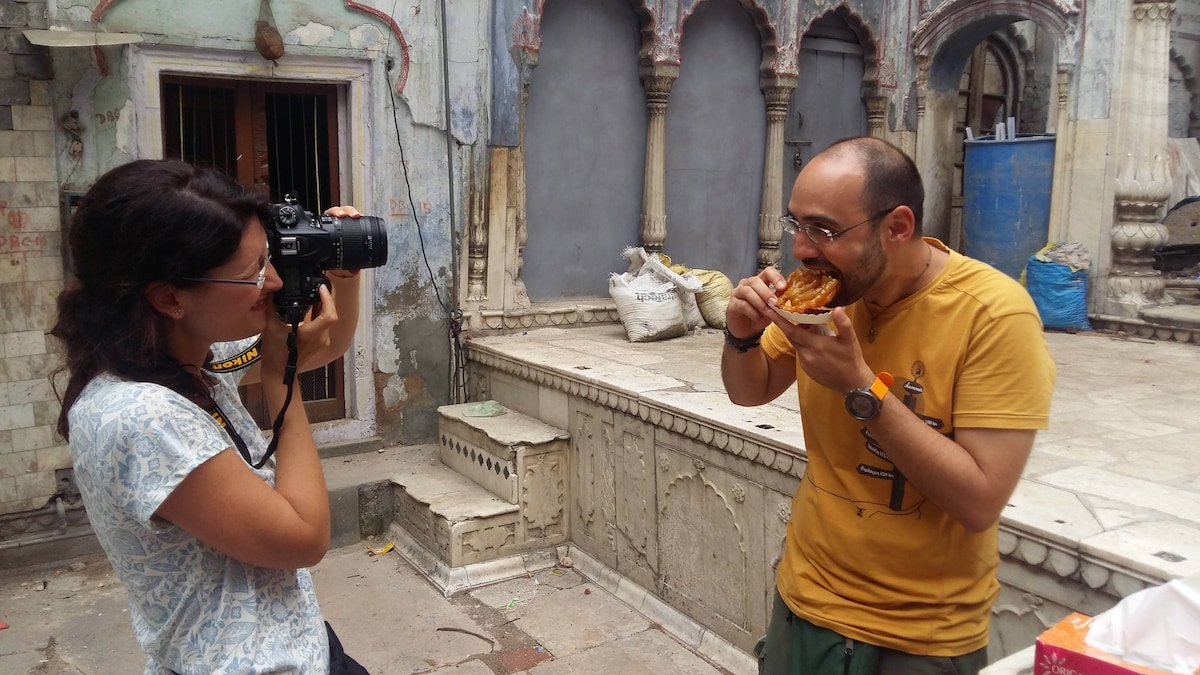
Explore the grand, crumbling havelis of Old Delhi
Sat, Jan 3 • 9:00 AM
Surat, Gujarat, 395004, India
View details

From Prompt to Action: Hands-On with AI Agents
Sun, Jan 4 • 5:00 AM
Yanolja Cloud Solution, The Junomoneta Tower, 1702, nr. Rajhans Multiplex, opp. Pal RTO BRTS Road, Adajan Gam, Pal Gam, Surat, Gujarat 394510, India
View details
Nearby restaurants of Surat Castle
Kasmiri Restaurant
Raja Chicken
Jalaram Rasawala Khaman
Kwality Restaurant
Zaffran Restaurant
Al-Khalil Tea Center
Chicken hut
Bismillah Hotel
Mezbaan Grill & Pizza
ROYAL ARABIA MULTI CUISINE RESTAURANT
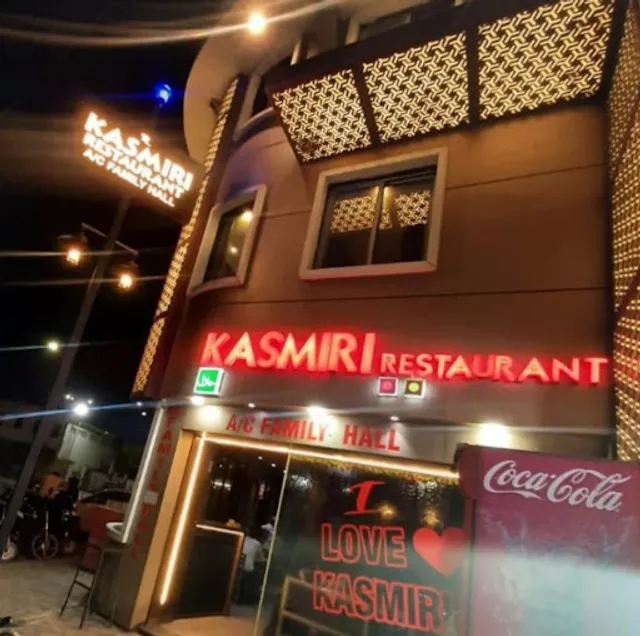
Kasmiri Restaurant
3.8
(1.5K)
Click for details
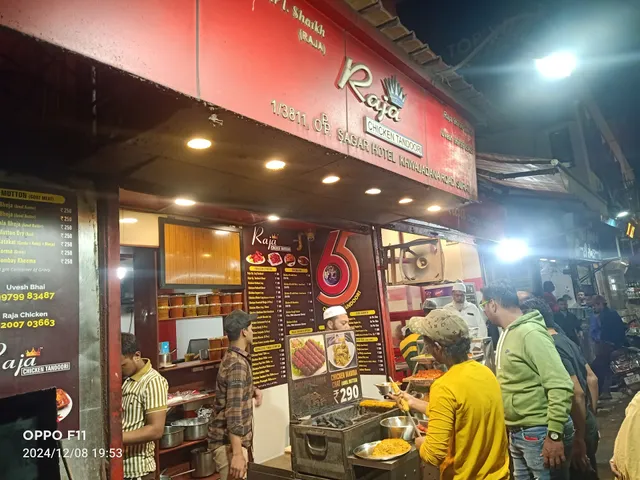
Raja Chicken
4.1
(459)
Click for details
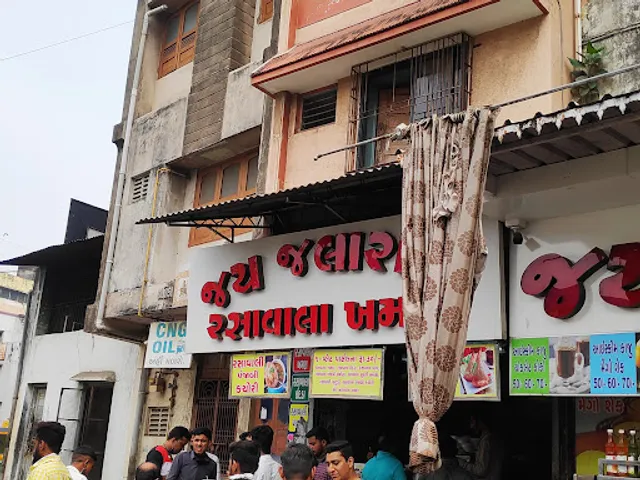
Jalaram Rasawala Khaman
4.1
(338)
Click for details
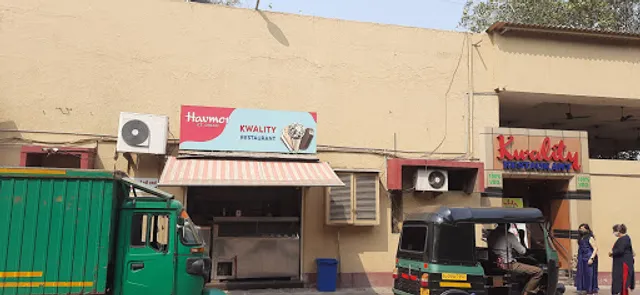
Kwality Restaurant
4.1
(854)
Click for details
